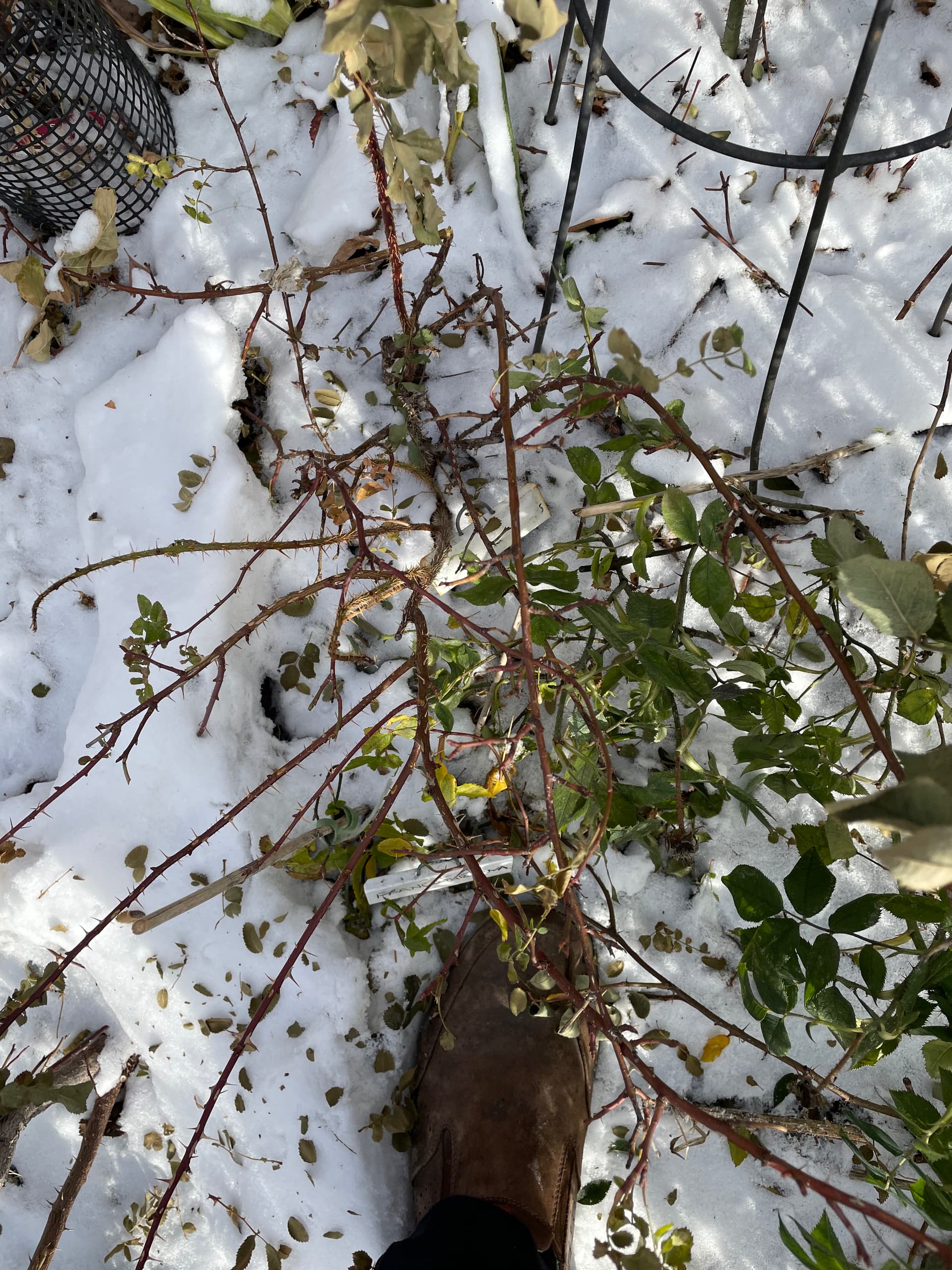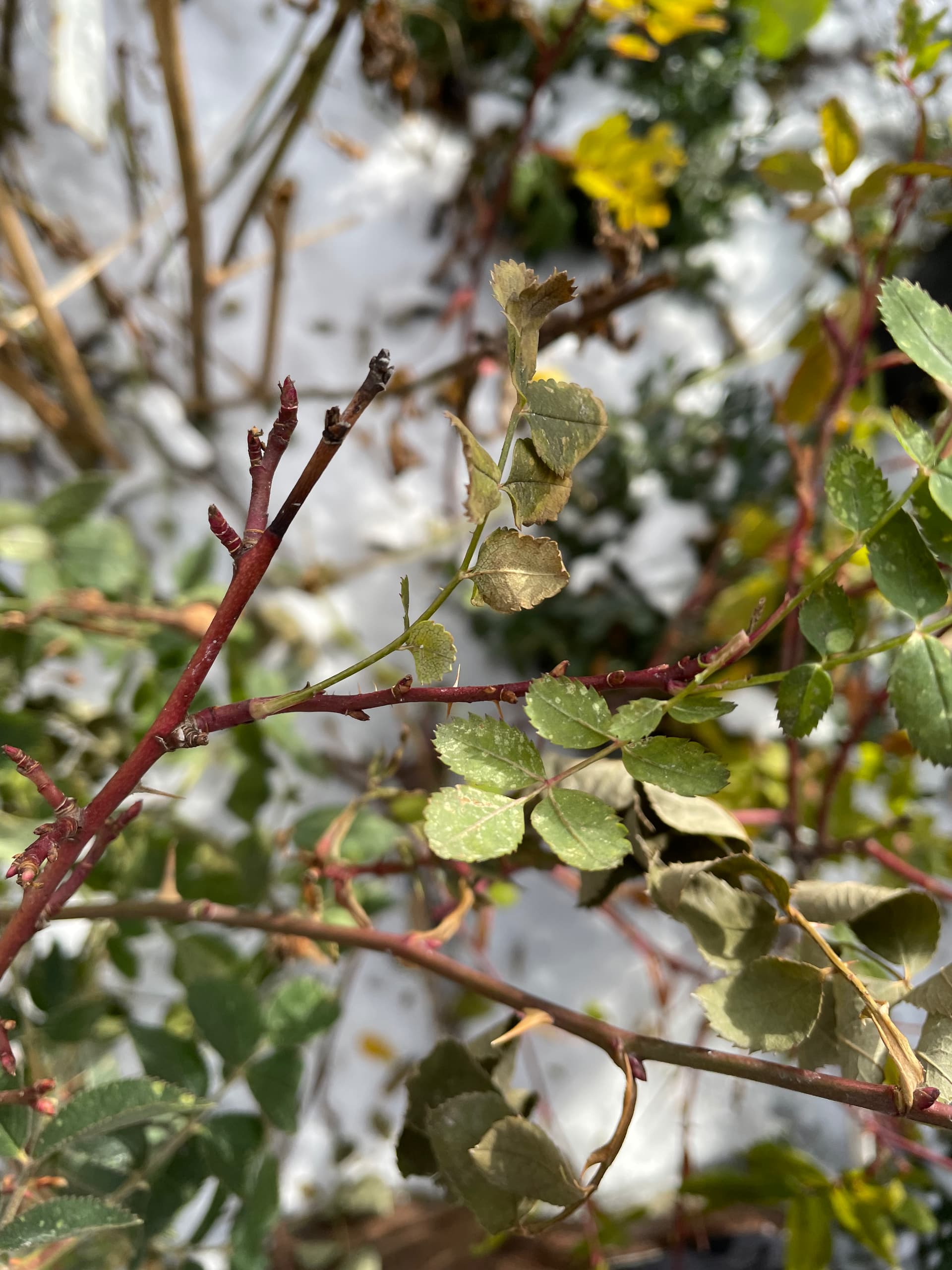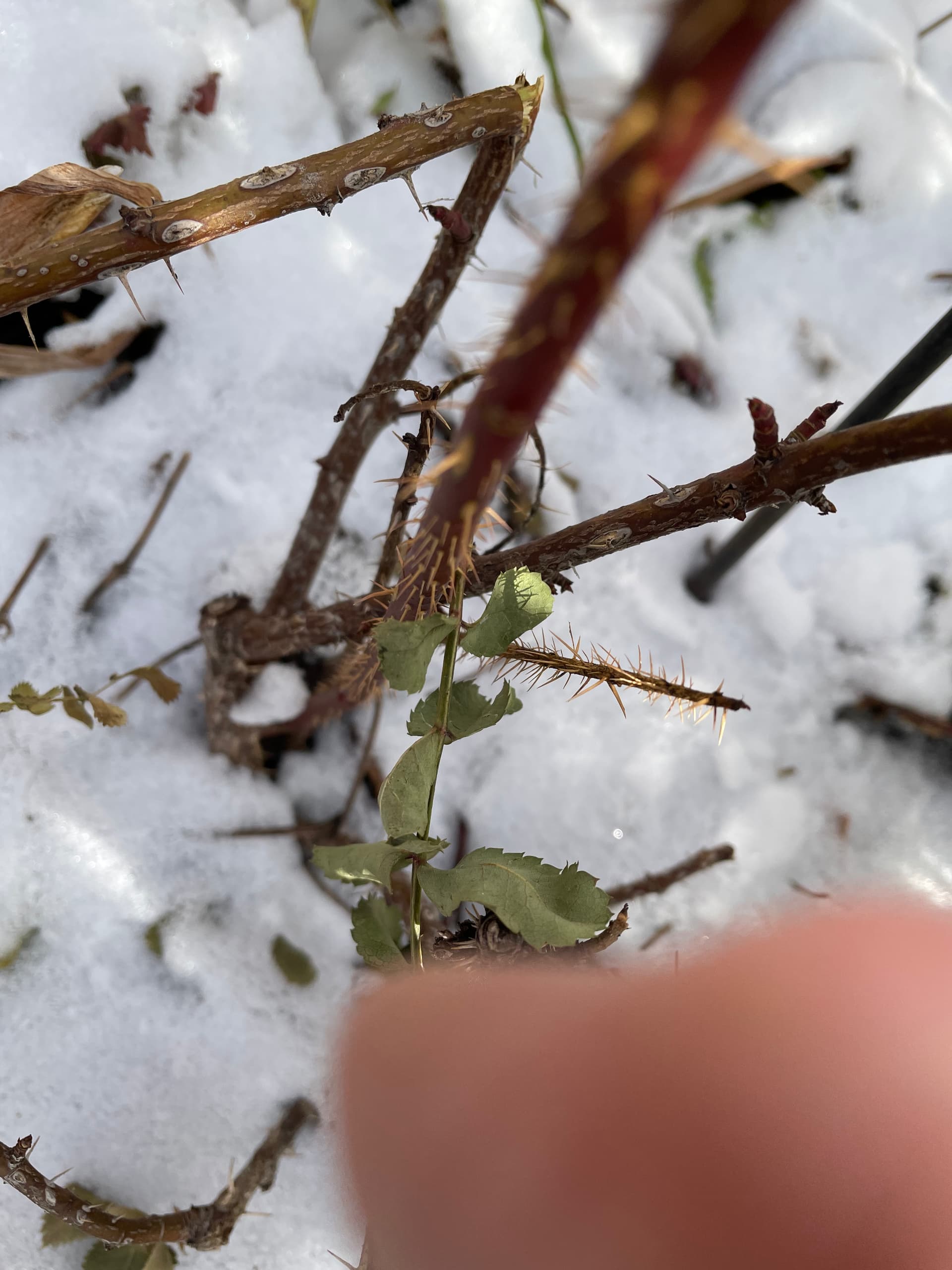What does one look for when dif. ‘Canary Bird’ and Rosa xanthina seedlins? . I have seen the Hips fall off xanthina in the fall and some with more than one complement of petals. This is from literature. So
how does one identify ‘Canary Bird’ from it’s parent other than a fall bloom?
I found a small source of Rosa xanthina. As I opened it was labeled spontanea then labeled ‘Manchu’ and finally ‘Canary Bird’ in the inside. One showed some rebloom but died over the winter.
Hortico used to carry ‘Canary Bird’ making me lazy I would just order it use the two flowers that the plant produced and them neglected it and lost it.
I have 7 plants from the ordered seeds but no more rebloomers (Yet). With protection from NW winds these plants can take an intense cold. -40C. They are not suppose to grow this far north perhaps different type of springs?
So then I ask the bad part, Does anyone have seeds of ‘Canary Birds’ than they can part with? or at lease tell me what to look for? Johannes
1 Like
Never been able to tell the difference.
So l been reduced to if it lives through winter its the true species Rosa xanthina like the one l received from Europe … germinates OP/selfies easily … planted 9 this year all over yard. Crossed it with Tove Janseen (sic).
If it dies in winter l claim its the hybrid Canary Bird, like the labelled Brentwood Bay nursery one l tried.
Never noticed sporadic blooms except as a single exception on a “probably” R. Ecae or Ormistom Roy (both winter hardy to - 35C in my garden). Have a true Ormiston Roy and another id by third party.
Sorry can not be more help.
1 Like
I honestly doubt using the rebloom as a determining factor to its identity is really reliable. Xanthina, from seed brought from China, “reblooms” here along the coast. I doubt it would inland where it’s “hot”. The “rebloom” reported and you experienced is more likely due to climate effects.
You have been great help. I only wish the colour would hold. About hardiness with plants to -35 perhaps could be warm cycles through your winter down there? Johannes
Riku
Does your plant drop its hips at the end of the season?
I think that it would be extremely difficult to tell a difference, too. According to the Flora of China key, the following features separate R. hugonis from R. xanthina, which are supposed to be the parents of ‘Canary Bird’ (I’m copying and pasting, so we’ll see if this renders correctly):
| 53 (52) |
Leaflets ovate, elliptic, or obovate, glabrous, margin acutely serrate or entire; flowers 4–5.5 cm in diam.; branches sometimes bristly at base. |
|
7 R. hugonis |
| + |
Leaflets broadly ovate or suborbicular, rarely elliptic, abaxially sparsely pubescent, margin obtusely serrate or crenate; flowers 3–4(–5) cm in diam.; branches not bristly at base. |
|
8 R. xanthina |
It would be interesting to know if any features of R. hugonis are apparent in ‘Canary Bird’. Seedlings of a hybrid could potentially be all over the place, feature wise, if the parents were very different. The fact that they are both so similar and closely related means it might become an exercise in splitting hairs.
Stefan
Looking at your key I will have to be patient until the leaves come out. I do remember the prickles though they were at the tips of the branches and thick like ‘Topaz Jewel’.
Today a balmy -12C. R. xanthina c/w big foot damage. No hips probably explained by rodent that ran by.



i am looking at your xanthina and there are fewer leaflets per leaf and the prickles are much fewer and and smaller than mine this could be interesting.
Some years ago a member sent me some Canary Bird pollen. I put it on Rosa beggeriana. Resultant seedling had a June flush but also about 10 flowers late in the season.
1 Like


